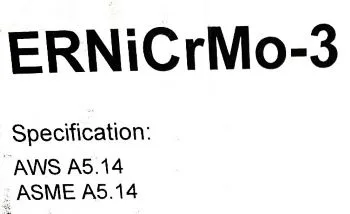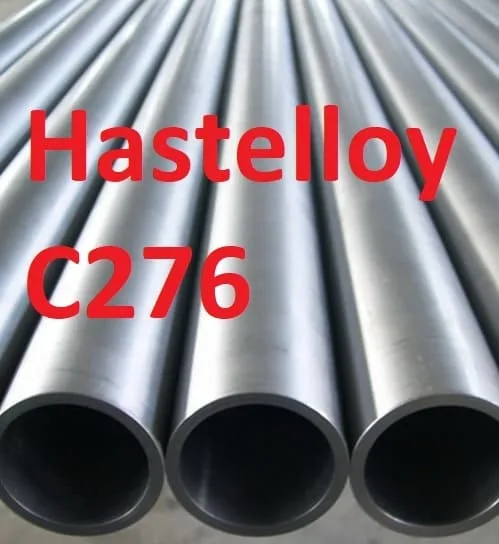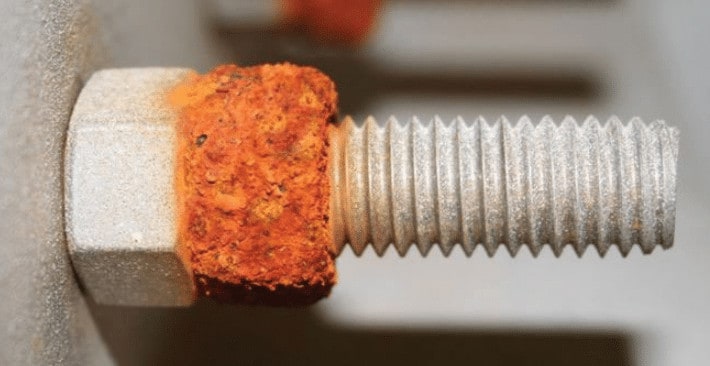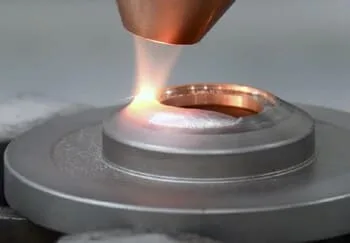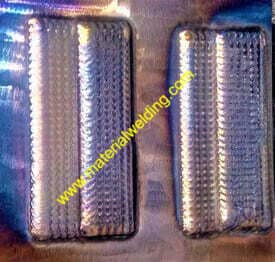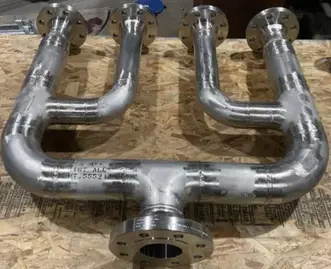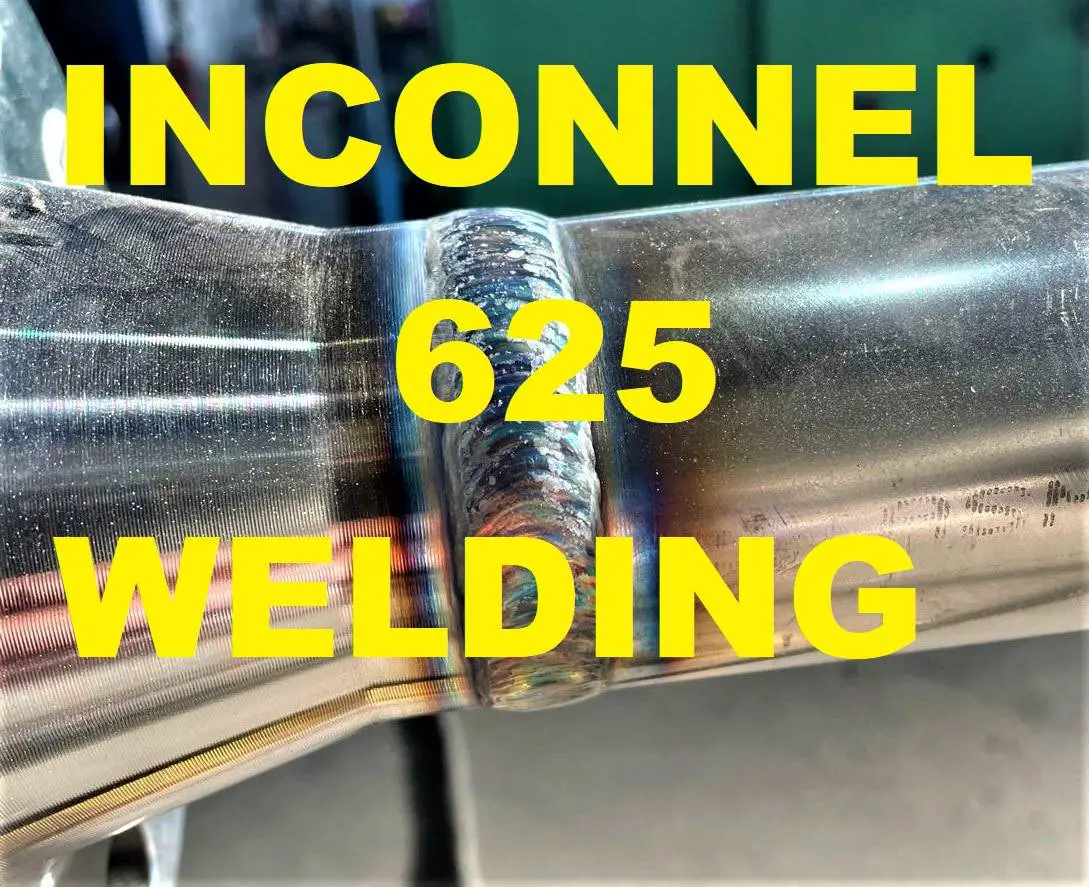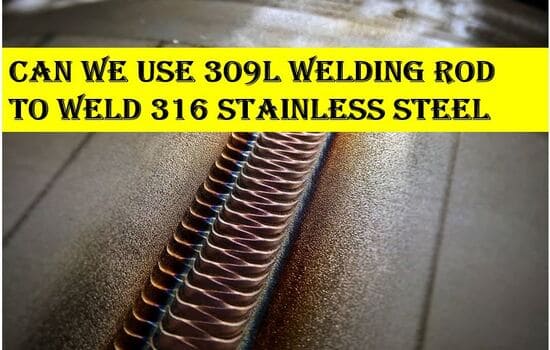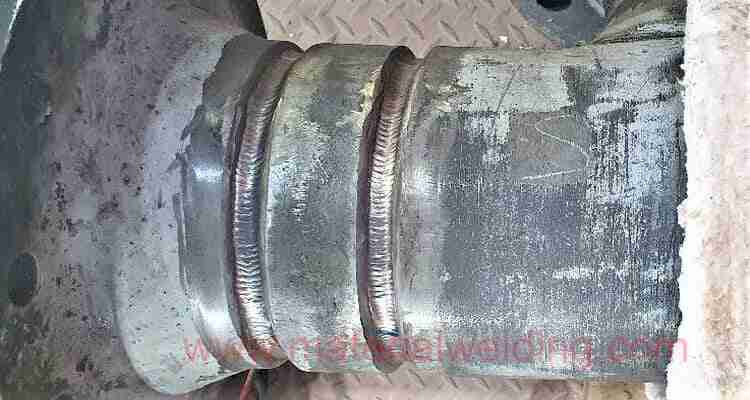Incoloy 825 Welding
When welding Incoloy 825, it is important to use a filler material that has been specifically designed for this purpose.
Incoloy 825 is an alloy that is composed of nickel, chromium, iron, and molybdenum. This material is known for its resistance to corrosion as well as its ability to withstand high temperatures.
There are a few different methods that can be used to weld Incoloy 825, but the most common is the gas tungsten arc welding (GTAW) method. This process uses an electrode made of tungsten that is non-consumable and does not need to be changed during the welding process.
The GTAW method is preferred when welding Incoloy 825 because it produces a high-quality weld that has minimal defects.
Incoloy 825 Specification
Incoloy 825 is a nickel-iron-chromium alloy with additions of molybdenum, copper, and titanium. It is an austenitic alloy that is resistant to both oxidation and corrosion. The UNS Number of Incoloy 825 is N08825. ASME Section IX P Number for Incoloy 825 is P Number 45.
The Incoloy 825 specification covers the chemical composition, mechanical properties, and heat treatment of the alloy.
The main Incoloy 825 material specifications are:
- ASTM B-163: Seamless Tube
- ASTM B-366: Fittings
- ASTM B-423: Seamless pipe & Tube
- ASTM B-424: Plate, sheet, strip
- ASTM B-425: Rod and bar
- ASTM B-564: Forgings
- ASTM B-704: welded Tube
- ASTM B-705: Welded Pipe
Incoloy 825 Equivalent Material
While Incoloy 825 is a great material for many applications, there are some equivalent materials that also suited for specific needs.
Incoloy 825 equivalent materials are NiCr21Mo, Nr 2.4858 and AFNOR NC 21 FeDU.
Incoloy 825 Chemical Composition
Incoloy 825 is a nickel-chromium-iron alloy with additions of molybdenum, copper, and titanium. The alloy’s chemical composition is designed to provide exceptional resistance to many corrosive environments.
The high nickel content in Incoloy 825 makes it resistant to chloride ion stress corrosion cracking, while the chromium content provides resistance to oxidizing environments.
The molybdenum and copper add further resistance to pitting and crevice corrosion. Titanium is added for stabilization against sensitization during welding.
| Element | Range |
|---|---|
| Nickel, Ni% | 38%- 46% |
| Chromium, Cr% | 19.5%- 23.50% |
| Iron, Fe% | minimum 22% |
| Titanium, Ti% | 0.06- 1.2% |
| Molybdenum, Mo% | 2.50- 3.50% |
| Copper, Cu% | 1.50-3% |
| Carbon, C% | Maximum 0.05% |
| Manganese, Mn% | Maximum 1.0% |
| Sulfur, S% | Maximum 0.03% |
| Silicon, Si% | Maximum 0.05% |
| Aluminum, Al% | Maximum 0.2% |
Incoloy 825 Mechanical Properties
Incoloy 825 is an age-hardenable alloy that offers high levels of strength and corrosion resistance. Its composition includes nickel, iron, chromium, and molybdenum, with small amounts of titanium and copper.
This combination of metals gives Incoloy 825 superior mechanical properties, including excellent toughness and weldability.
| Property | Value |
|---|---|
| Tensile Strength, Ksi (MPa) | 85 ( 586) minimum |
| Yield Strength, Ksi (MPa) | 35 (241) minimum |
| % Elongation | 30% minimum |
Incoloy 825 Weldability
The weldability of Incoloy 825 is considered to be good when
the correct welding procedure is used. There are a few things that need to be taken into consideration when welding Incoloy 825 in order to avoid any issues.
First, the welder should use a low carbon steel electrode.
Second, the heat input should be kept as low as possible.
Lastly, it is important to use an interpass temperature that is below 1000 degrees Fahrenheit. By following these steps, the weldability of Incoloy 825 can be improved and potential issues can be avoided.
Incoloy 825 Welding Electrode
Incoloy 825 Welding Electrode is ENiCrMo-3 (commonly known as Inconel Welding Electrode 112). ENiCrMo-3 (AWS A5.14) stick welding rod is used for arc welding of Inconel 825, ASTM B443, B444, and B446 materials.
ENiCrMo-3 can be used for service temperature up to 1000°F (540°C) as well as for cryogenic service temperature. (Ref: AWS A5.11).
ENiCrMo-3 maximum design temperature limit for non-sulfidation environment is 1100°F (590°C) and for sulfidation environment is 900°F (480°C). Ref: API 582.
The electrode has good wetting characteristics and produces a uniform bead with good penetration. It is suitable for both AC and DC operations.
Incoloy 825 Consumables wire
The recommended filler metal for Inconel 825 when using the gas tungsten arc welding (GTAW) process is ERNiCrMo-3 (AWS A5.14). This wire is also known by its trade name, INCONEL
Filler Metal 625.
When GTAW is used on Inconel 825, it’s important to use a shielding gas as pure argon. Welding of Inconel 825 with ERNiCrMo-3 is without any difficulty. But it advised to weld using stringer weld beads and low heat input.
ERNiCrMo-3 (AWS A5.14) is also available in wire spool form for MIG welding of Incoloy 825 material.
Incoloy 825 Welding Procedure
Incoloy 825 can be welded using any standard welding process, including gas tungsten arc welding (GTAW), gas metal arc welding (GMAW), and shielded metal arc welding (SMAW).
The weldability of Incoloy 825 is good, but the alloy does tend to form intermetallic phases during welding which can lead to cracking. In order to avoid this, it is important to use a low heat input welding procedure.
The recommended filler metal for Incoloy 825 is ERNiCrMo-3. This electrode provides good corrosion resistance and ductility while still being able to produce sound welds on the base metal.
When welding Incoloy 825, it is important to use an argon shield gas in order to prevent oxidation of the weld pool.
Welding Inconel 825 to carbon steel
Welding Inconel 825 to carbon steel can be done using various welding methods. Stick welding using ENiCrMo-3 is one method that can be used. This welding method uses an electrode that is made of nickel and chromium.
The electrode is covered with a flux that helps to prevent the formation of oxides on the weld. TIG and MIG welding using ERNiCrMo-3 are also two other methods that can be used for this application.
TIG welding is a type of arc welding that uses a tungsten electrode to create the arc. The tungsten electrode is non-consumable and does not need to be replaced during the welding process.
MIG welding is a type of arc welding that uses a wire feeder to supply the filler material to the weld area.
